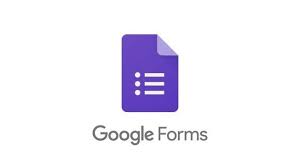The symbolic meaning of "Punakawan Javanese Wayang" (a value imaging study in character education at the character education course in STKIP Bina Insan Mandiri Surabaya)
Keywords:
symbolic meaning, Javanese puppet clowns, value imaging studies, STKIP BIM character educationAbstract
This study aims to examine the image of figures of clowns in Javanese puppetry in order to enhance the values in character education of students in the world of education through symbolic meaning. This proves that education without character and character has been considered to fail to educate the nation's children. Many school graduates and scholars who are good at answering exam questions, have intelligent minds, but mentally weak, timid, and behavior is not commendable and do prohibited acts. With image theory and symbols in the puppet the author conducted an analysis to examine the image of the clown who then got the symbol of punokawan in Javanese wayang. This study uses interpretive descriptive methods and literature using image and symbol theory. The research used in this study has the purpose of understanding the phenomena experienced by the research subject. The results of this study can be formulated that the image of figures of Javanese puppets is symbolic, ie clowns in Javanese wayang as servants who have exemplary attitudes (honesty, fairness, not giving up / despair, and a high sense of nationalism) that are very necessary and implied in the value of character education. Character education in the subject of character education for students, especially students of STKIP Bina Insan Mandiri Surabaya, is more encouraging to be socialized to all academics so that they can create a generation that is of good quality in terms of intellectual, personality and character in the future.
Downloads
Published
How to Cite
Issue
Section
License
1. Copyright of this journal is possession of Editorial Board and Journal Manager, by the knowledge of author, whilst the moral right of the publication belongs to the author.
2. Legal formal aspect of journal publication accessibility refers to Creative Commons Atribution-ShareAlike (CC BY-SA), implies that this license lets others remix, adapt, and build upon your work even for commercial purposes, as long as they credit you and license their new creations under the identical terms. This license is often compared to “copyleft” free and open source software licenses.
3. Every publications (printed/electronic) are open access for educational purposes, research, and library. Other that the aims mentioned above, editorial board is not responsible for copyright violation















